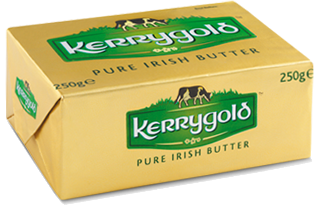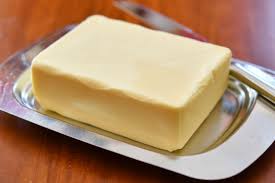Butter Facts
A few years ago, butter was considered to be unhealthy, mostly due to the high saturated fat content. However, the public and scientific opinion is slowly shifting in favor of butter consumption.
In antiquity, butter was used for fuel in lamps as a substitute for oil.
In Ireland, one of the most common archaeological finds are barrels of butter buried in bogs. Apparently, the butter was stored this way to preserve it and keep it safe from thieves.
Butter tastes differently depending on how it's made. If you're lucky enough to get butter from a local family farm or in Europe you'll notice a cleaner taste. Butter made from raw milk can have a stronger flavor. "Cultured" butter is considered the best butter.
India is the largest producer of butter. Ghee, a kind of clarified butter, is an important ingredient in Indian cuisine.
Color can depend on the cow's diet. The more Carotene the cow gets from eating hay and greens, the more yellow you'll see in the butter, though some manufacturers add dye to enhance the yellow color.
Butter is an ancient food made by separating the cream from the milk and then churning the cream until it thickens. People often use oil, margarine, or even fruit puree in baked goods, but there is nothing quite like butter’s flavor.
Butter has a melting temperature of 37°F, exactly the same temperature inside the mouth (at least for 99.7% of us). This is what gives butter its rich, creamy feel in the mouth.
In 1902, contestants entered a butter making competition open to all “butter-makers, farmers’ wives or daughters, or help (male or female) in any farm dairy in Canada.” The entry fee was 25 cents and the grand prize, a whopping $30, roughly equivalent to $850 today.

